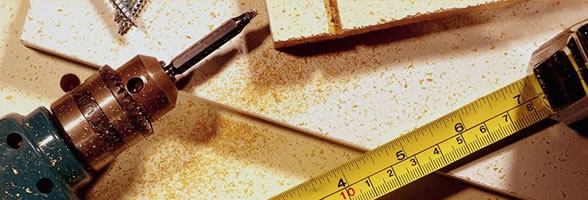Article archive
10/06/2016 21:30
This girls' game (chơi chuyen) includes ten thin, well-sharpened, round bamboo sticks and a ball, which traditionally is a fig, a miniature variety of eggplant, a small rock or a clod of clay.
These days, tennis balls are becoming more popular as a substitute. The player tosses the ball into the air. While the ball is in the air, she must quickly pick up the sticks and then catch the ball.
Players often recite a singsong nonsense rhyme: "Cai mot... Cai mai... Cai co… So mang... Thang chang... Con chit... Ngam nga... Ngam nguyt... Chuot chit... Sang ban doi…"
In the first round, the player picks up the slicks one by one. Next, she gathers two sticks at a time, and so forth up to ten. In these stages she plays with only one hand. The girl picks up sticks and catches the ball while reciting the rhyme. Meanwhile, her face reddens and her eyes become intense as she performs in front of her...
—————
10/06/2016 21:30
Kite flying is popular throughout the year in Viet Nam but especially so in summer. People of different ages make kites of many shapes, sizes and materials.
Children's kites are often small, simple and covered with paper, while adults' kites may be more complex, cloth-covered, and feature one or more wind flutes that play melodies as the kites fly.
A typical adult's kite has four parts: the body, the steering string, the flying string and flutes. The frame is made of the smooth outer bamboo stalk and is well polished. Kite-makers shape bamboo straps into a crescent two to three metres long and one metre wide. After that, they cover the frame with pieces of cotton cloth or carefully glued paper. If one half of the kite is heavier than the other, the steering string will help balance it. This string also serves lo direct flight and protect the kite wings from breaking if the wind is too strong. The flying string is also made of bamboo and can be as long as 100m to 150m. Young...
—————
10/06/2016 21:29
Either boys or girls, usually age's seven to ten, play the two-person game of O an quan (literally "Mandarin's Box"). They draw a rectangle on the ground and divide it into ten small squares called "rice fields" or "fish ponds.
"They also draw two additional semi-circular boxes at the two ends of the rectangle, which are called"mandarin's boxes," hence the game's name. Each person has 25 small pebbles and a bigger stone.
Each player places the stone in one of the mandarin's boxes and five small pebbles in each of the other squares (see diagram above). Then the game begins. The first player takes up the contents of one square on his or her side of the board (but not a mandarin's box) and distributes the pebbles one by one, starting with the next square in either direction. (Since each square contains five pebbles at the beginning, the first move will distribute five pebbles to the left or right).
After the last pebble is distributed, the player takes the contents of the...
—————

